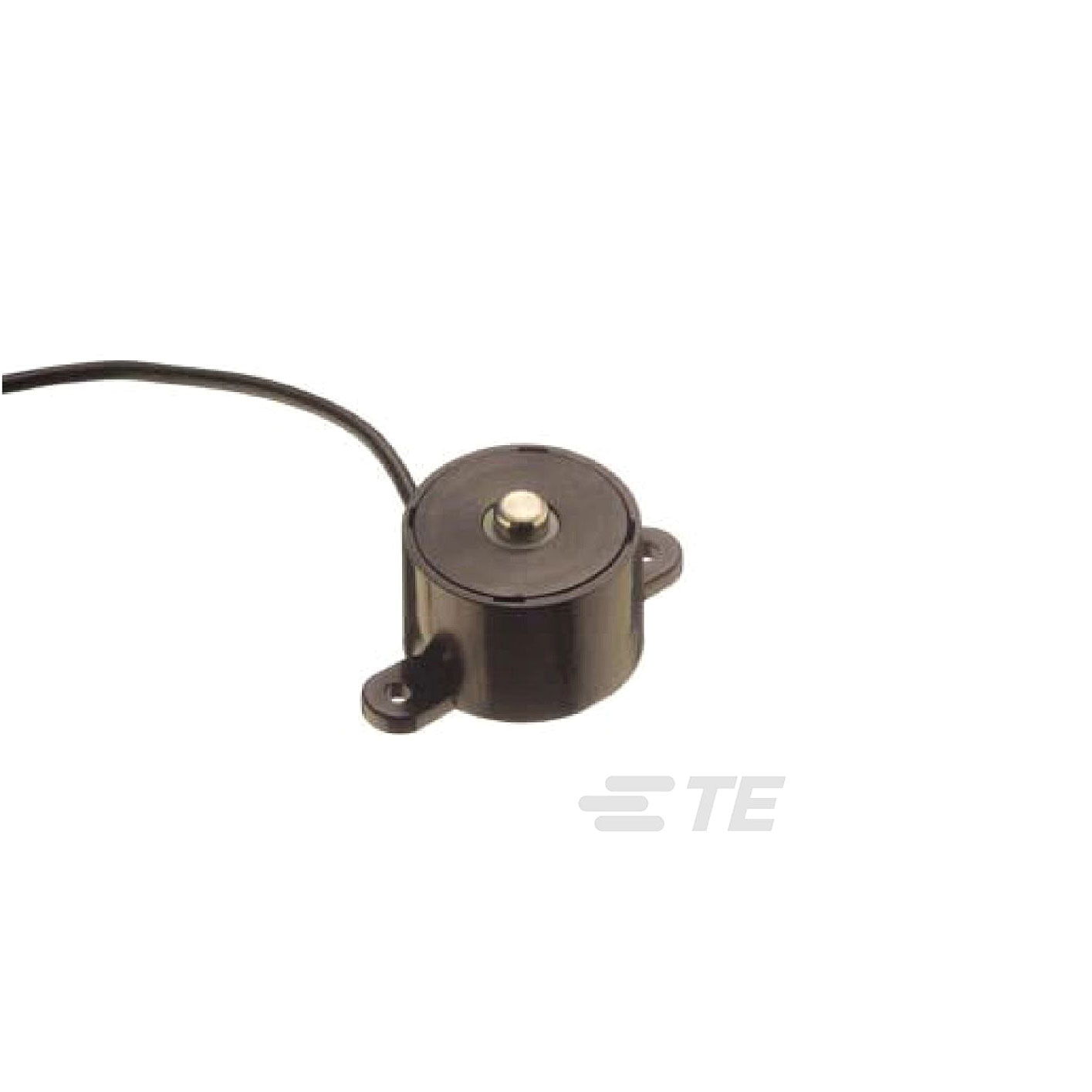FC22 Series, Force Sensors - Industrial
Results:
5
Manufacturer
Series
Operating Force
Voltage - Supply
Output
Includes
Operating Temperature
Accuracy
Sensor Type
Compensated Temperature
Actuator Type
Actuator Style/Size
Results remaining:5
Applied Filters:
FC22
About Force Sensors - Industrial
Industrial Force Sensors are specialized devices used to detect and respond to the presence or changes in pressure on their actuator. These actuators can take various forms including a ball, button, diaphragm, flat membrane, plunger, or pushbutton. The sensors are designed to accurately measure the force applied to the actuator and provide corresponding output signals. There are three primary types of Industrial Force Sensors: Force Sensing Resistor (FSR): FSRs are flexible and sensitive sensors that change their resistance based on the applied force. When pressure is applied to the actuator, the resistance of the FSR changes, allowing for the detection and measurement of force. These sensors have a wide range of force sensitivity and can be used in applications where precise force detection is required. Load Cell: Load cells are robust sensors that directly measure the force exerted on them. They are designed to convert mechanical force into an electrical signal. Load cells typically consist of strain gauges that deform under applied force, resulting in a change in electrical resistance. This change in resistance is then converted into an output signal that represents the applied force. Load cells are commonly used in industrial weighing systems, material testing, and force monitoring applications. Resistive Sensors: Resistive sensors are versatile devices that use the change in resistance to detect force. These sensors can be designed using various principles, such as piezoresistive or capacitive, depending on the specific application requirements. Resistive sensors offer a wide range of force measurement capabilities and can be used in diverse industrial settings. Industrial Force Sensors operate within a wide range of force, typically covering 0 to 1500 newtons (N), 0 to 22,680 kilograms force (kgf), or 0 to 50,000 pounds (lbs.). They come with different output options to suit the specific needs of the application. These options include analog voltage, resistive, ratiometric, and voltage outputs. The choice of output depends on the system requirements and compatibility with other components. These sensors are purpose-built for use in industrial settings where accurate force detection is critical. They find applications in a wide range of industries, including manufacturing, robotics, automation, aerospace, automotive, and more. Industrial Force Sensors play a vital role in process control, quality assurance, safety monitoring, and precise force measurement tasks. Their reliability and accuracy contribute to improved efficiency, productivity, and safety in industrial operations.


